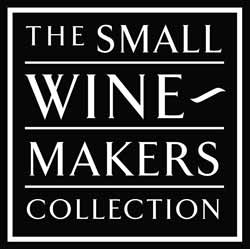One of the northernmost quality wine producing areas in the world, Germany has been making wine since the Roman era. The best wines, for the most part, are grown on riverbank slopes with perfect southeast to southwest aspect where the proximity to the water itself is a mitigating factor in reducing the risk of frosts. The most important rivers are the Rhein, and its main tributaries the Ahr and the Mosel, Ruwer and Saar. The top vineyards are often small hillside bowls facing perfectly south to southwest. Germany’s most famous soils are slate-based and Riesling is its most prestigious and most ageworthy grape. To consumers in other parts of the world, German wine can seem confusing as quality there is based on sugars and ripeness, a concept which makes sense if ripeness is an issue every year, but to a world that prizes dry wines over most sweet wines, German wines are treated somewhat suspiciously which is a shame. In addition, current trends worldwide favour dark, powerful dry red wines which are difficult to produce with Germany’s climate. Because of this, the best German Rieslings remain attractively priced which is unfortunate for them but quite fortunate for those of us who prize them. This boon is unlikely to last forever.
